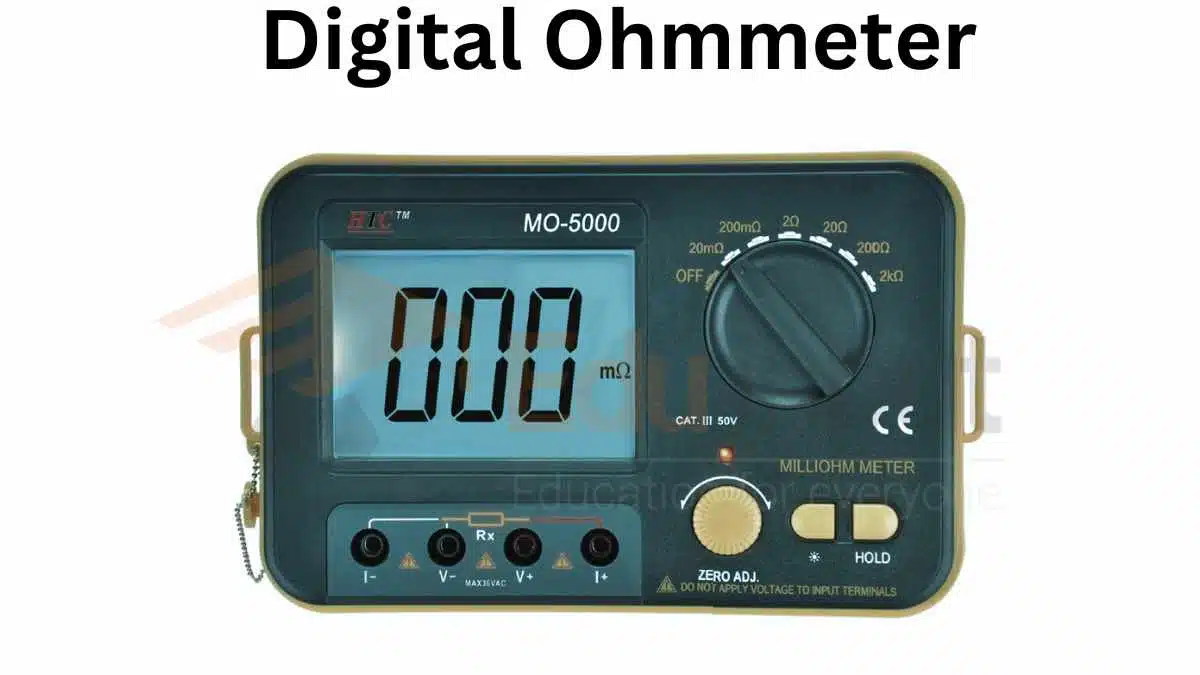What is the Electric Motor?-Definition, Parts, And Types
An electric motor is an electrical machine that converts electrical energy into mechanical energy. Electric motors operate through the interaction between the motor’s magnetic field and electric current in a wire winding to generate force in the form of Torque applied to the motor’s shaft.
An electric generator is mechanically identical to an electric motor but operates with a reversed flow of power to convert mechanical energy into electrical energy.
What is the electric motor?
The electric motor is any of a class of devices that convert electrical energy to mechanical energy. An electric motor’s mechanical torque is developed by the interaction of conductors carrying current in a direction with a magnetic field.
The different ways in which the conductors and the field are arranged and also in the control that can be exercised over mechanical output Torque, speed, and position are some of the differences between the different types of electric motors.
Parts of an Electric Motor
There are parts for a simple motor.
- A power supply
- Field Magnet
- An Armature
- Commutator
- Stator
Power Supply
The power source for a simple motor is usually a DC power supply.
Field Magnet
The field created by the magnets goes through the armature. These can either be permanent magnets or electromagnets. Some types of motors have the field magnet on the stator and the armature on the rotor reversed.
Armature
The wire windings on the ferromagnetic core are what make up the armature. The electric current passing through the wire causes the magnetic field from the field magnet to exert a force on it, turning the rotor, which delivers the mechanical output.
Windings are wires that are laid in coils and wrapped around a laminated, soft, iron, ferromagnetic core so as to form magnetic poles when energized with the current.
Commutator
A commutator is an electrical switch that supplies current to the rotor. As the shaft rotates, it periodically reverses the flow of current in the windings. There are multiple metal contact segments on the armature of the cylinder.
Two or more electrical contacts made of a soft material like carbon press against the commutator are called “brushes”.
As it rotates, the brushes make contact with the commutator segments as they move. The windings on the helicopter are connected to the commutator segments.
The commutator periodically reverses the direction of the current in the windings with each half-turn, so the direction of the current is always the same for each winding.
Most of the inefficient commutated motors have been replaced by brushless direct current motors, permanent magnet motors, and induction motors.
Stator
The part of the motor that is not moving is called the stator. In different configurations, the stators can act as field magnets that interact with the rotor to create motion, or as armatures that work with moving field coils on the rotor.
Types of electric motor
There are two main types of electric motors.
- AC Motor
- DC Motor
AC Motor
An AC motor is an electric motor that is powered by an alternating current. The AC motor typically consists of two basic parts, an outside stator and an inside rotor that is connected to the output shaft and produces a rotating magnetic field.
Permanent magnets, reluctance saliency, or DC or AC electrical windings can be used to produce the rotor magnetic field.
AC motors are categorized into two forms:
- Synchronous Motors
- Asynchronous(Induction) Motors
DC Motor
A DC motor is a type of electrical motor that converts DC electrical energy into mechanical energy. The forces produced by magnetic fields are the most common types of forces.
Almost all types of DC motors have internal mechanisms that change the direction of the current in a part of the motor.
DC motors are divided into two parts.
- Brushless Motor
- Brush Motor







Leave a Reply